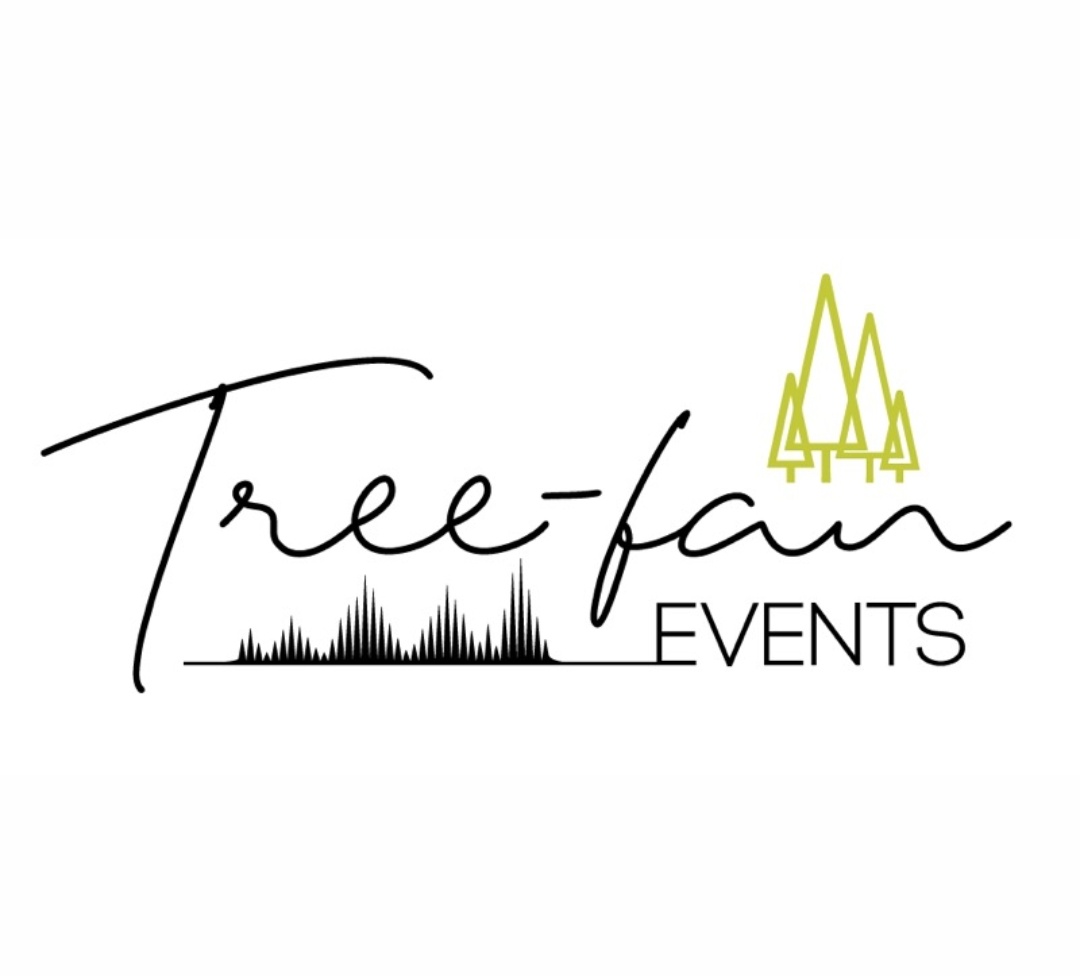AI, AV & Event Technology: What Shapes Real Event Experiences Right Now
I spend most of my time inside venues, production calls, strategy sessions, tech demos, and post-event debriefs. I see what looks impressive on paper and what survives contact with reality. The gap between the two is where most event disasters quietly live.
Here’s the truth no one markets loudly enough.
Technology does not elevate an event. Human decision-making does.
The tech simply magnifies the intelligence, or lack of it, behind those decisions.
So let’s talk about what genuinely matters, with specifics, context, and facts people rarely hear.
AI in events is finally delivering measurable value, but only in operational layers. The most effective AI applications in events are not visible to attendees. That is exactly why they work.
Smart implementations currently outperforming traditional planning:
-
AI-powered heat mapping reduces congestion by up to 37 percent in large-scale expos.
-
Predictive attendance modeling increases session optimization accuracy by over 25 percent.
-
Dynamic agenda personalization increases session attendance by an average of 18 percent.
-
Real-time crowd monitoring reduces emergency response times by 30 to 40 percent in high-density venues.
AI-driven scheduling tools now adapt speaker timing when audience drop-off patterns appear. Some systems can detect when a session is losing engagement and trigger environmental adjustments such as lighting temperature shifts or sound modulation.
But here’s the catch.
Most event teams still use AI as surface decoration.
Chatbots, novelty kiosks, gimmicky recommendation engines.
The real impact lives in predictive intelligence and behavioral flow management.
Wearables and biometrics shape emotional psychology, not just efficiency
Smart badges, RFID wristbands, and biometric check-ins influence how safe, valued, and respected attendees feel.
Facts rarely discussed:
-
Attendees are 52 percent more likely to engage with personalized content when they understand how their data is used.
-
Poorly explained facial recognition reduces trust perception by 41 percent. Events with opt-in transparency messaging see significantly higher engagement metrics.
Wearables also unlock micro-behavior analysis.
-
How long someone stays at a booth.
-
Which content zones they revisit.
-
Where fatigue increases.
This data allows planners to redesign experiences with surgical precision, but also introduces serious ethical responsibility.
Smart usage builds flow. Lazy usage breeds distrust.
Visual production now influences cognitive load and memory retention
Visual design is no longer decoration. It is neurological programming.
Research-backed observations:
-
Attendees remember 65 percent more content when visual storytelling aligns with narrative pacing.
-
Overstimulated LED environments reduce attention span by up to 23 percent.
-
Projection mapping increases spatial recall and emotional imprinting.
Effective visual design guides attention without shouting. It controls pace. It signals importance. It creates breathing space. Poor visual design feels like an over-caffeinated PowerPoint on steroids. Advanced production teams now design visuals with intentional emotional arcs, lighting temperature psychology, and spatial rhythm mapping.
Audio quietly determines perception, trust, and authority
Sound quality shapes what the brain accepts as credible.
Unforgiving reality:
-
People rate speakers as less competent when audio quality is poor, regardless of content quality.
-
Audio fatigue sets in after 47 minutes of inconsistent sound immersion.
-
Multilingual interpretation done well increases session retention by over 30 percent.
Directional sound, beamforming microphones, and AI-controlled mixing systems now adapt based on audience movement. When implemented properly, the event feels effortless. When ignored, everything collapses.
Spatial intelligence is redefining how people move and behave
Beacon technology, drones, and intelligent wayfinding systems have transformed floor plans into responsive ecosystems.
Real-world applications:
-
Heat maps guide traffic flow and reduce bottlenecks
-
Dynamic signage adapts directions in real time
-
Personalized navigation reduces attendee frustration by up to 29 percent
-
Drones provide security oversight and cinematic storytelling
This is behavioral architecture, not just logistics.
Hybrid experiences require design intelligence, not duplication
Hybrid success depends on structure, not streaming software.
Strong hybrid strategy includes:
-
Parallel value, not parallel screens Interactive touchpoints for remote audiences
-
Live-integrated communication between virtual and physical participants
-
Purpose-built content for each layer, not recycled programming
When hybrid is designed intentionally, digital attendees report nearly equal satisfaction scores to in-person participants.
Behind the scenes reality no one talks about
The most successful events do not feel technological.
They feel thoughtful.
They feel paced.
They feel emotionally coherent.
Great experiences manage:
-
Cognitive fatigue
-
Sensory overload
-
Emotional pacing
-
Audience psychology
-
Energy curves across time
Designing an event is closer to directing a film than managing a logistics spreadsheet. You’re shaping perception, memory, and connection in real time.
The event industry does not need more tools. It needs sharper thinkers, clearer strategy, and leaders who understand that emotion drives engagement long before technology does.
People remember how an event made them feel. Technology only determines whether that feeling lands as clarity or chaos. And that is where power truly lives.
Bottom Line
The real story behind AI, AV, and event technology isn’t about shiny equipment or trendy tools. It’s about how intelligently those systems are used to shape human behavior, emotional response, and flow. The strongest events today succeed because they reduce friction, respect attention spans, anticipate attendee needs, and create environments that feel seamless and intentionally designed. When technology is deployed with clarity, ethics, and strategic thinking, it disappears into the background while the experience feels effortless, personal, and memorable. When it is used carelessly, it becomes noise. The difference between forgettable and impactful lies in precision, psychology, and purposeful execution.



